by Frances Wilson, Interlude
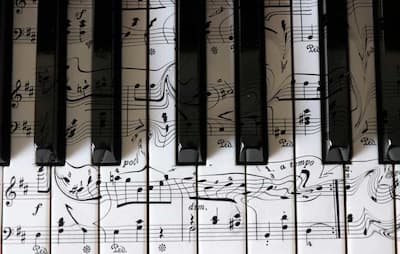
© Learnfield GmbH
In just the same way, music has its own ‘punctuation marks’ to help the performer shape and communicate the music and the listener to better understand and enjoy the piece. The performer transmits all these punctuation marks to the listener by highlighting them in their playing. Without this, the music will be boring, monotone, lacking in colour, rhythmic vitality and interest. From the very beginning of the music, in fact, even before we play a single note, composers give very clear signals about how they would like the music to sound, and throughout the music there are signs and symbols to tell us how to “punctuate” or shape the music.

© chieyoshinaka.com
General tempo and descriptive markings
These are usually in Italian at the start of the score. For example, allegro (briskly), lento (slowly), cantabile (in a singing style), con fuoco (with fire). Composers may add other markings within the score to indicate specific effects – for example, ritardando (getting slower) or accelerando (speeding up).
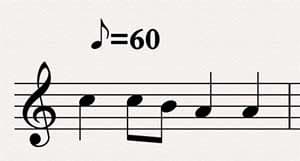
© Music Theory Academy
Metronome mark
This gives an indication of suggested tempo (speed). Not all music includes a metronome mark on the core: music written before Beethoven‘s time does not because the metronome had not been invented. But metronome marks should not be taken as set in stone; rather, they are for guidance.
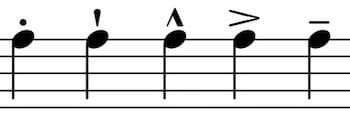
Example of articulation marks. From left to right: staccato, staccatissimo,
marcato, accent, and tenuto. © study.com
Articulation markings
Articulations are signs which ask the performer to do something particular to a note, such as staccato (detached, bouncy), legato (smoothly), accented for greater emphasis. Articulation adds interest and character to specific notes or groups of notes.
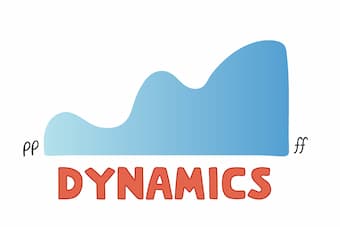
© Hoffman Academy
Dynamic markings
These are signs or words which tell us how loudly or softly to play. For example: crescendo (getting louder gradually), subito piano (suddenly quiet), sforzando (with force), fortissimo (very loud/strong). Just as we use a raised voice or a whisper for specific emphasis in speech, so in music where dynamics are employed to create drama, suggest character or mood, or for declamatory statements, for example.
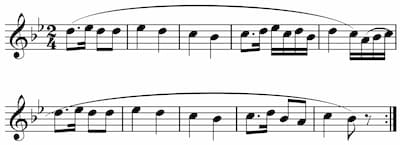
Phrase marks
Phrase marks
Phrase marks are curved lines which indicate that a group of notes form a musical ‘idea’ or sentence.

© PowerSchool Learning
Rests
Rests indicate where to be silent. Rests in music create drama, suspense, expectation or delayed gratification.
In his popular Fantasy in D minor, K 397, Mozart utilises all the above-mentioned features to create music of considerable drama and intensity, with rapidly contrasting moods and characters.
No comments:
Post a Comment